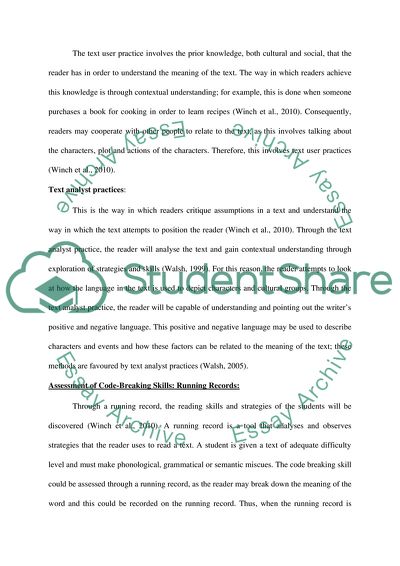Cite this document
(The Four Roles Which Are Involved In The Process Of Reading And Constr Case Study, n.d.)
The Four Roles Which Are Involved In The Process Of Reading And Constr Case Study. https://studentshare.org/literature/1783456-running-record-analysis
The Four Roles Which Are Involved In The Process Of Reading And Constr Case Study. https://studentshare.org/literature/1783456-running-record-analysis
(The Four Roles Which Are Involved In The Process Of Reading And Constr Case Study)
The Four Roles Which Are Involved In The Process Of Reading And Constr Case Study. https://studentshare.org/literature/1783456-running-record-analysis.
The Four Roles Which Are Involved In The Process Of Reading And Constr Case Study. https://studentshare.org/literature/1783456-running-record-analysis.
“The Four Roles Which Are Involved In The Process Of Reading And Constr Case Study”. https://studentshare.org/literature/1783456-running-record-analysis.


